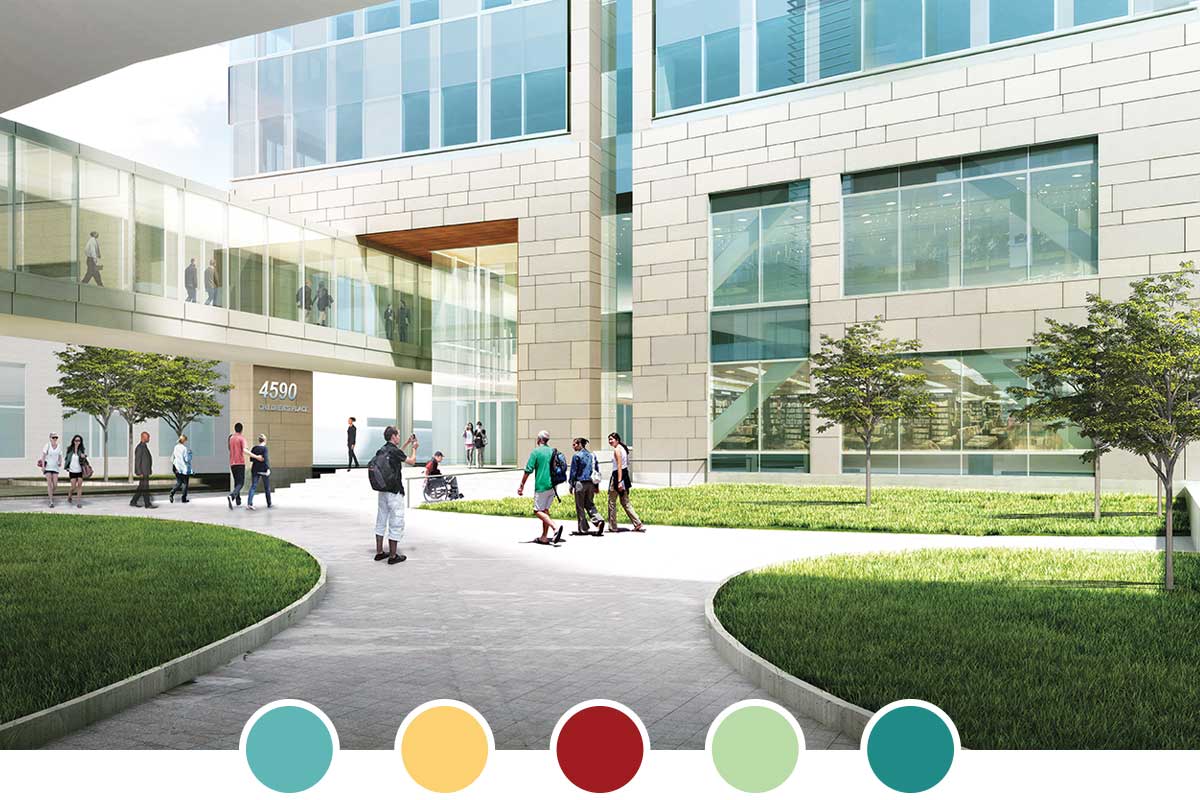
Over the past few years, Washington University Medical Center has been abuzz with construction, renovation and relocation of many departments. Behind this seemingly chaotic scene is a highly structured physical campus plan aimed at better integrating education and work spaces, student housing, pedestrian paths, and retail and social offerings. The hope behind such efforts is to forge new connections and improve the overall experience for those who frequent this bustling urban campus.
“Our goal is to bring people together in ways they haven’t connected before and to make our campus more inviting for visitors, patients, students and employees,” said Melissa Hopkins, the school’s assistant vice chancellor and assistant dean of operations and facilities management.
Working with hospital partners and the neighboring Cortex Innovation Community, planners have undertaken a comprehensive review — looking at everything from changing health-care needs and daily traffic patterns to operational efficiency and sustainability. The key objectives: enhance education, drive talent, improve access and safety, expand patient services and achieve better health outcomes. As a result, improvements are being made across the campus — in the areas of collaboration, amenities, student life, pathways and clinical care.
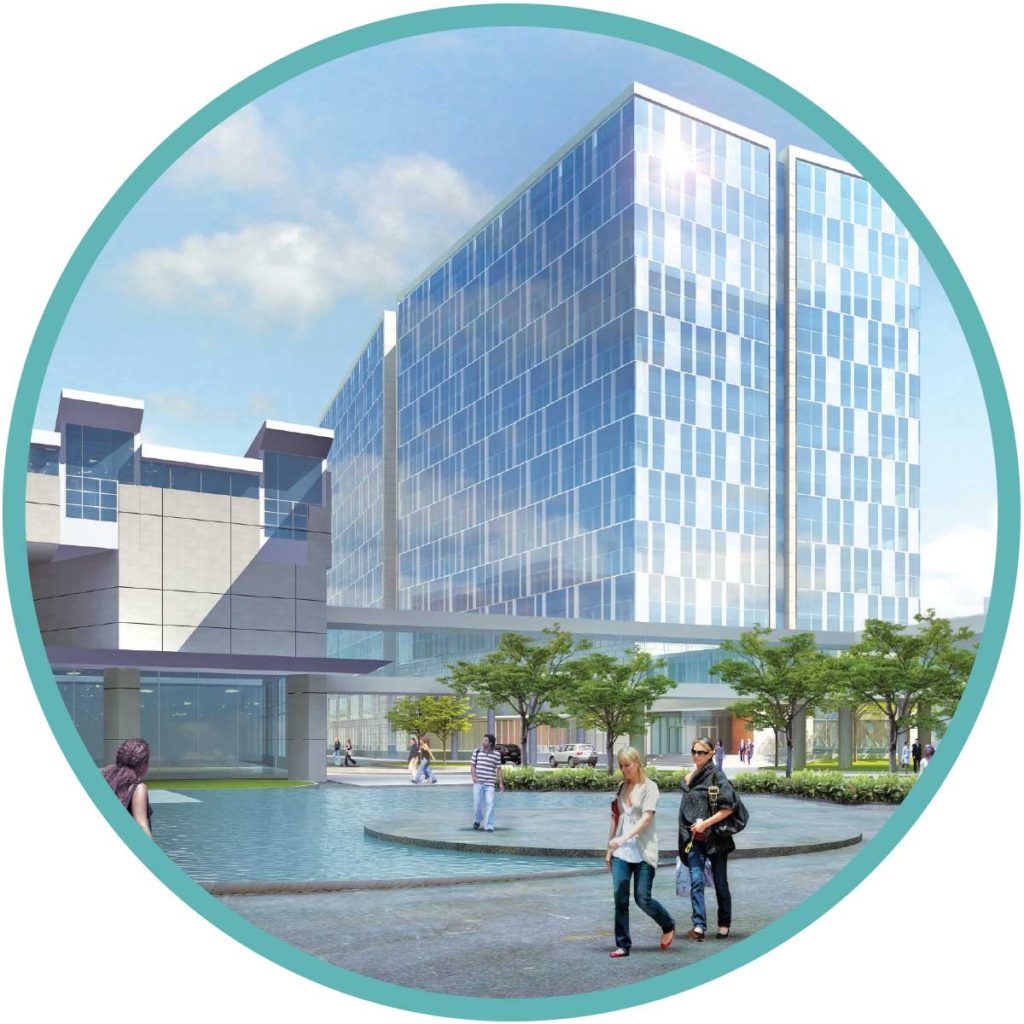
Many operational and administrative services of the medical school and BJC HealthCare now are housed together in the new Mid Campus Center, located in the heart of campus. The 12-story building includes a joint emergency command center and enhanced meeting rooms and consolidates the school’s administrative offices, including the Dean’s office, Human Resources, General Counsel, Finance, Medical Public Affairs and others. This single administrative location aims to encourage efficiency and eliminate technological redundancies, while allowing for serendipitous collisions and collaborations. New faculty offices free up space in clinical care buildings, allowing for expanded patient services. Integrating safety operations also provides an additional level of campus security.
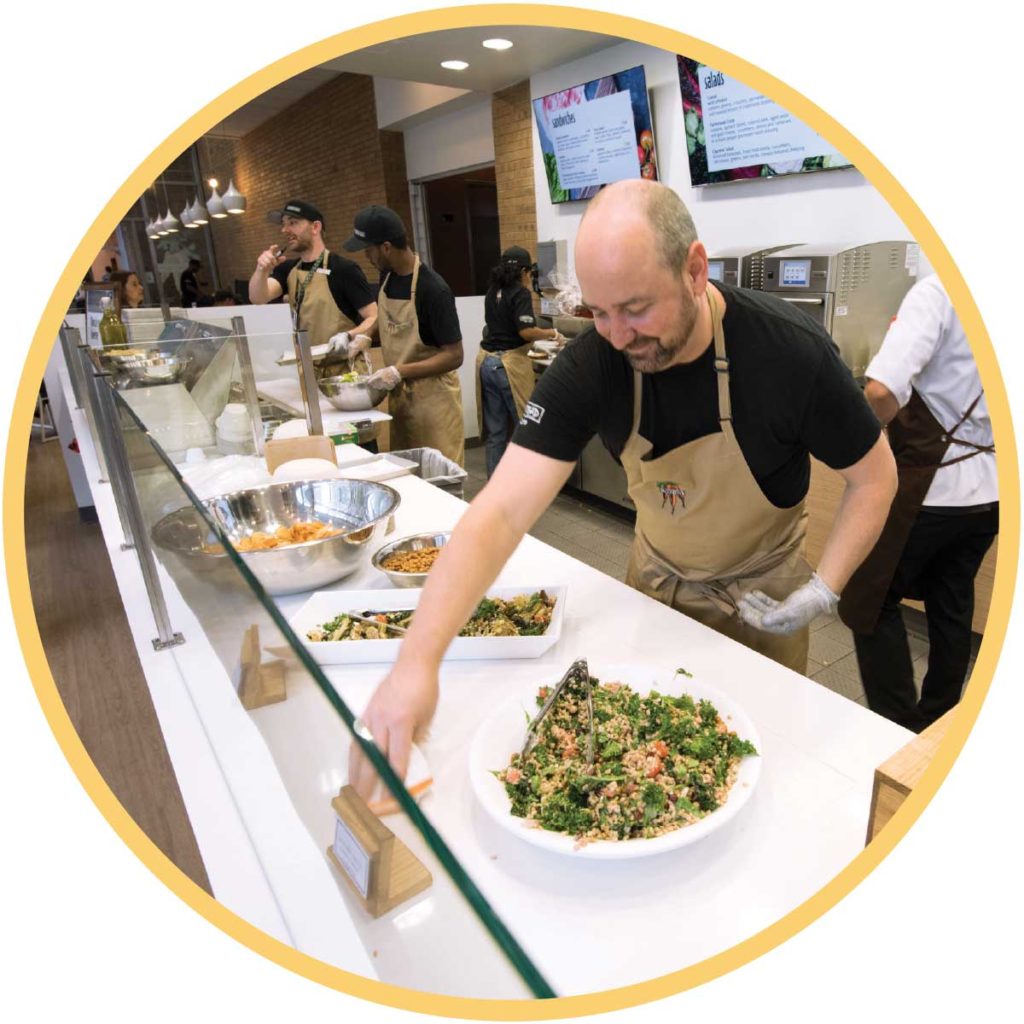
Amenities include: a Kaldi’s Cafe in the Mid Campus Center, Farmstead cafe serving locally sourced food in the McDonnell Pediatric Research Building, and an improved, dedicated space for food trucks, complete with green space and picnic benches. A new bookstore in the Mid Campus Center includes a FedEx kiosk. A larger FedEx facility opened in the Clinical Sciences Research Building link. Expanded and improved lactation rooms aim to reduce barriers to breastfeeding for all new mothers on campus.

To enhance the student experience and revitalize historic sites, apartment-style housing is being built in the original Central Institute for the Deaf and the original Shriner’s Hospital. The facilities will house 197 beds, additional common space for expanded fitness and recreation opportunities, a music room and community center. In this increasingly digital age, Bernard Becker Library has removed three floors of stacks to create a centralized interactive educational hub with space for education offices and all their affiliated services. The library also will house the Feuerstein Health and Wellness Information Center that will bring together services and resources for students, faculty and staff.
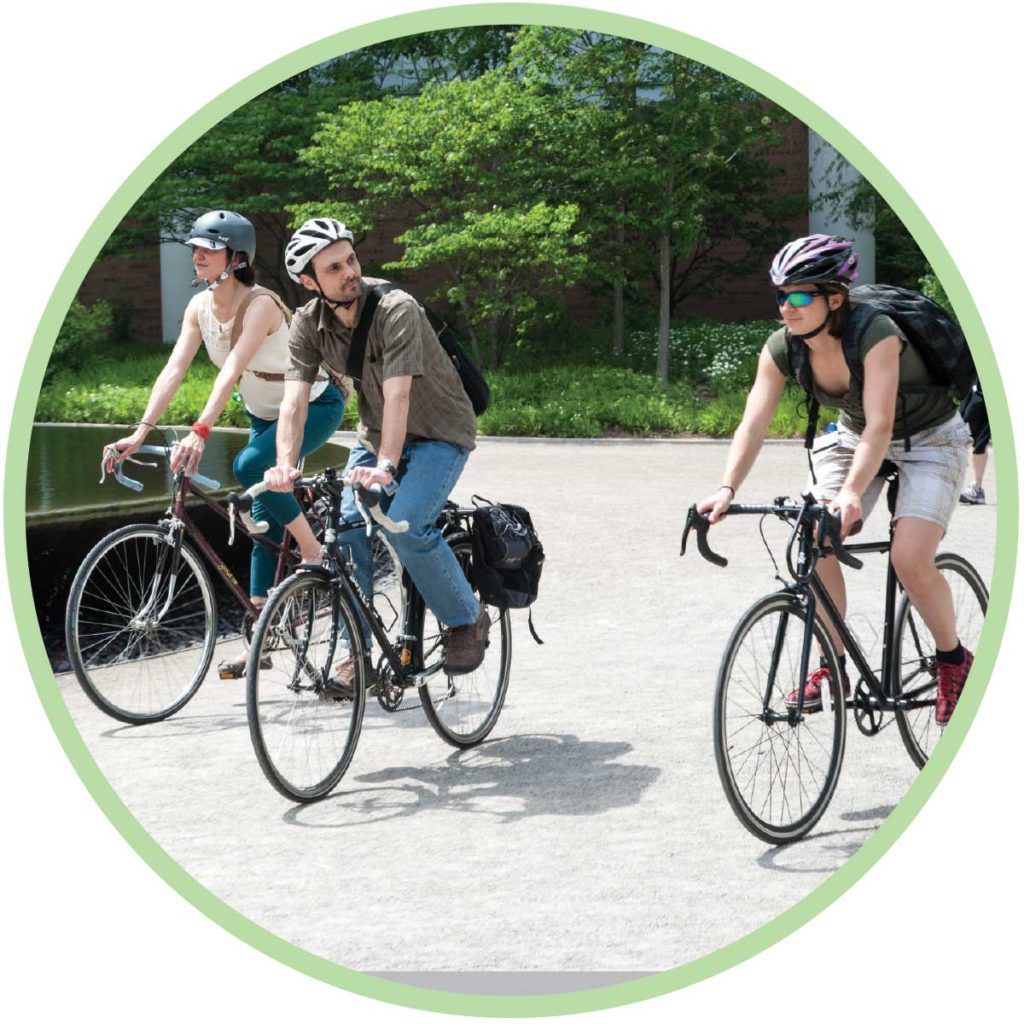
Plans to improve campus access and safety include enhancing the Central West End MetroLink arrival experience with an extended platform and better pedestrian circulation routes and adding a new station east of Boyle Avenue. Already completed: an elevated walkway link, which now connects four employee garages to the hospitals and west part of campus, a new 3,000-space Duncan Central Garage, defined bike and pedestrian pathways, additional and clearer signage, and new traffic signals and turn lanes to make intersection crossings easier.
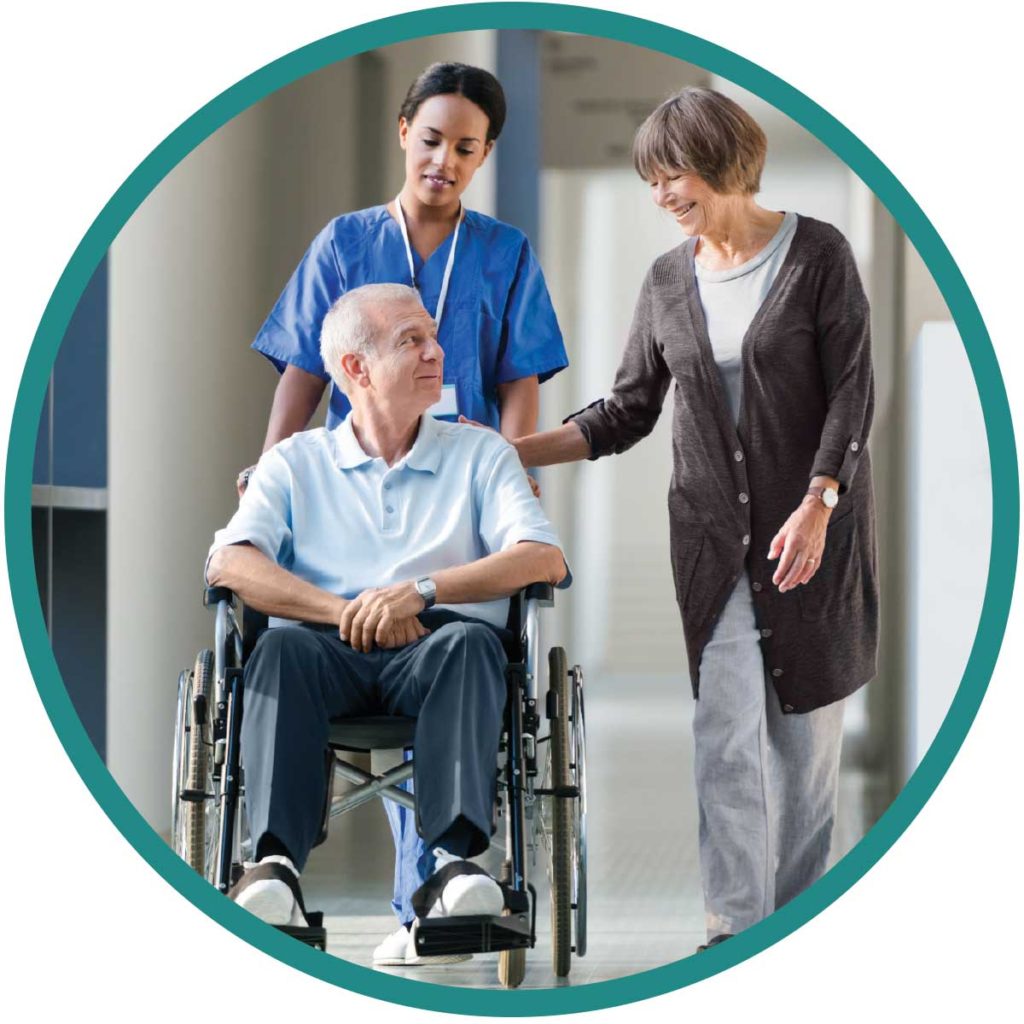
The medical school’s clinical practice has tripled in size over the past 15 years. Visits to the Center for Advanced Medicine are expected to continue to grow to 500,000 by 2020. Five floors of the Center for Outpatient Health administrative offices have been moved to the Mid Campus Center to make way for this increasing patient volume. This has allowed for multiple clinical programs to expand, including additional oncology infusion bays. The medical school also is working with hospital partners to improve signage, valet service, pathways and operations with the goal of enhancing the patient and visitor experience.
Related content:
Medical school reveals new campus plan
Published in the Spring 2017 issue


